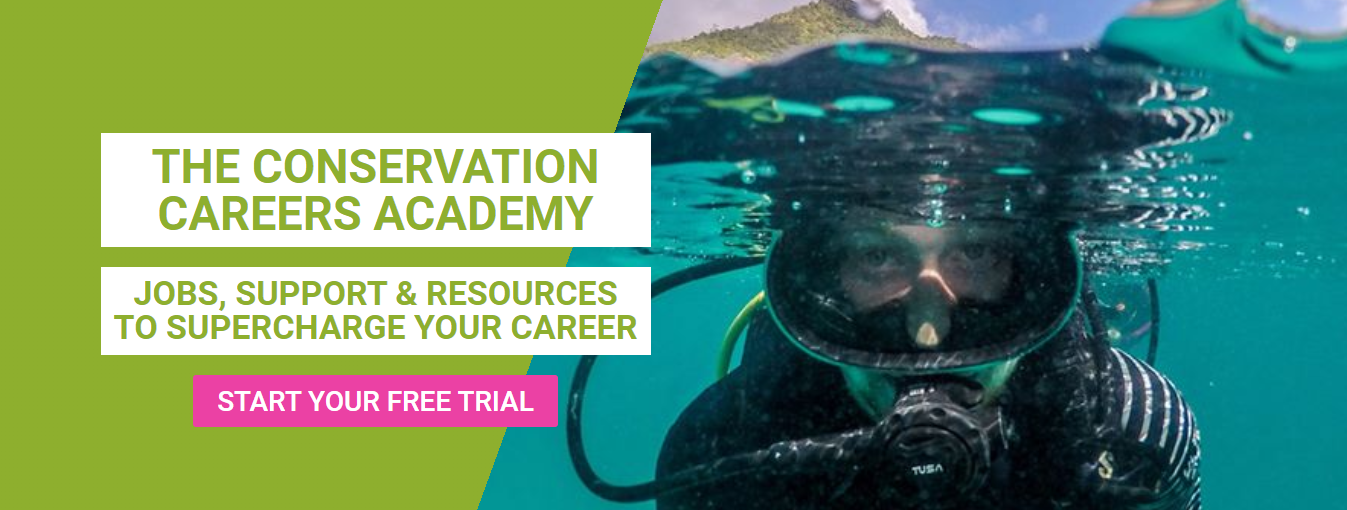
Christin Winter – Create your own conservation footprints
Christin is one of those rare people in life who you feel totally humbled and awed by, but, in equal measures, she is so down to earth and relatable that you feel that you could easily follow her footsteps into conservation with the right mindset and passion – although she will convince you to seek out your own path and cultivate your own unique skills!
Christin, who originates from Germany is the Programme Manager at EHRA, a Namibian based human-elephant conflict charity which I featured in a previous blog Catherine Edsell – The Matriarch of Conservation. It is an organisation very close to my heart as it is where I fell in love with a concept and a country so beautiful that I couldn’t possibly do anything else with my life other than strive to protect this wild corner of the planet.
Namibia’s spell
Christin too, was enchanted by the magic of Namibia….
“I was actually quite young when I got into conservation. I discovered that traveling and being in nature is very important to me. I first volunteered with EHRA in 2012. I loved it so much, and something just changed inside of me. I totally fell in love with the country, the elephants, the other wildlife, and especially the desert environment of Namibia.”
“Once you really fall in love with something, you want to protect it. So, my path into conservation was born out of that love, it was just so natural, and I literally couldn’t do anything else. I had to try my best, to play my part to protect this place. It is the source of my happiness, and probably for many other people too.”

Christin falling under Namibia’s spell. Credit: Christin Winter.
Christin’s role in protecting Namibia’s endangered Desert Elephants
“As the program manager I continuously develop all our different conservation programs that we have, and I do a lot of networking between other NGOs (Non-Government Organisations), stakeholders, and elephant conservation scientists to really maximize our impact both in conservation and in the local communities. I also help with elephant monitoring, and research work to provide decision makers with vital information”.
“Fundraising is also a big part of my job as well as grant proposal writing, and merchandise creation. I also have a background in Communication Design, so for a small NGO like EHRA, with limited funding, I can provide my design skills, as well as photography skills. In essence, my role is very diverse, it has to be to ensure funds can be used in the best way possible.”

Christin out in the field educating on elephant behaviour. Credit: Christin Winter
Jump over your shadow
“The best part of my job is to be in the presence of elephants, you’re always learning in the field, there is not one single day that goes by where you’re not discovering something new about nature, especially elephants, every single encounter impacts me, it is very healing. On very rare occasions, elephants do come very close, it almost feels like they’re looking directly into your eyes, it’s one of those priceless moments, where everything is just so worth it.”
“Second to that is continuous contact, and communication with local communities, which I really enjoy, because you dig deeper into culture. In conversations around the campfire, you discover so much about the different cultures. We bring them all together in name of conservation and it’s great to see the positive impact we have with the education on elephants. We go out into the field with them, and they face their fears. They start off being afraid and very anti-elephant, they then get to jump over their shadow – that’s what we say in German. They reach an acceptance towards elephants and come to see that they’re truly amazing animals, and not scary after all.”
As with many conservationists we’ve interviewed, Christin cites grant writing as one of the least enjoyable aspects of the job, but passion for the cause is what keeps her from giving up, even when only about one in five are successful. Competition is fierce for government funds for NGOs, and they are all such valid causes that you must accept the setbacks. She recommends zooming out, look at the bigger picture and find a new way to communicate.

Working with local communities is one of Christin’s many hats in her role as Programme Manager for EHRA. Credit: Christin Winter.
Walk for while in Christin’s footprints
“I took a very untraditional route, I’ve always beeng driven by passion. I studied Communication Design in Germany, it was great, but didn’t fulfil me. I learned about Eco-Training during my second time at EHRA in 2013 and decided to do the year course. It was a massive, personal challenge, but it just felt so right.”
“I was naïve, and I think that was my blessing. I didn’t question my route. I just went for things even though I was nowhere near qualified. I applied for an internship at Save the Elephants in Kenya, which was a massive step, it propelled me into the conservation world. I wrote this unbelievably hyper passionate email, and they gave me a chance, because it was different. They were interested to see if somebody with no scientific background, but with a lot of practical experience, could be valuable.”
“I then worked as a guide in Namibia. I knew it wasn’t what I wanted to do so after seven months I left and was given my first proper job with a South African NGO called Elephants Alive. I worked as a research technician in the field, and I basically got to study elephants all day which was great!”
“It was a steep learning curve, but that was fundamental when I took on the Education Project with EHRA. I would have never been ready to do it otherwise.”

Christin in her happy place – walking with elephants. Credit: Christin Winter.
How to (not) follow in Christin’s footsteps
- “Don’t be afraid to make steps towards your goals and to jump in. Definitely have your idols and people you admire; they can help keep you focussed when you can see their dedication for their cause.”
- “You need to be adaptable and have stamina for a life in conservation. Also, continually educate yourself. Conservation is such a complex issue, in fact, probably the most important issue of our lives”
- “Globally, wherever you look there is an opportunity to make an impact, and it can come from any field: research, community work, education, conflict management work, the list goes on, so use whatever skills you have and apply them wherever you can.”
- “Animals can thrive on their own, and the more hands-off work we can do the better. Going forward it’s connecting people to the natural world that will be the tipping point. Helping people feel connected to nature and showing them their mental health is intrinsically linked. Communication, education, outreach involvement and policy changes are all key facets.”
- “Don’t be afraid to try!”
Christin and her work at EHRA are exactly what our planet needs right now. It is a shining example of how with a lot of passion and hard work you can use any skills you possess to make your mark in the field of conservation. EHRA, like many small NGO’s, have struggled during the covid pandemic, but the dedication of their staff and volunteers, and their ability to adapt to the new normal they now find themselves in has meant that they have managed to continue their invaluable work. Please show your love and support to this life changing charity, including sponsorship when all their staff climb Namibia’s highest mountain the Brandberg in September 2021. All donations will go towards keeping conservation alive in Namibia, one of the last wild places on our planet.
If you need help or advice on how to kick start your career and follow your passion, then conservation careers’ kick starter course is exactly what you need. Also check out our extensive job board, free training videos and guides (including our new ultimate guide) and find your corner of the planet to conserve.
Author profile | Helen Burt

Careers Advice, Interviews, Mid Career, Fundraiser, Project Manager, Community Conservation, Wildlife

